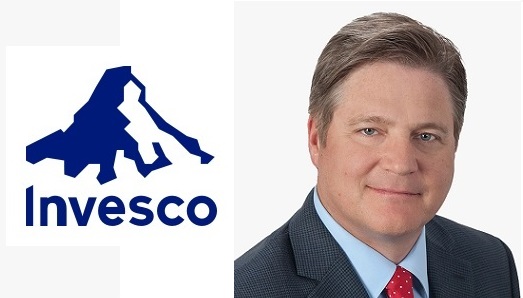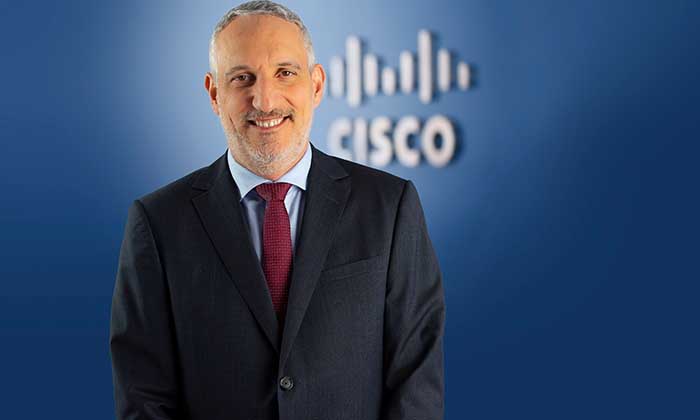Global growth for 2022 will slow to a more normal state
- Rise in number of Covid cases and new variants seen as a headwind
- Continued supply-chain disruptions and an upsurge in demand threaten to keep inflation high
- Higher volatility expected as markets process the slowdown in growth and gradual tightening of monetary policy
Following the aggressive monetary and fiscal policy moves of the last two years to counter the effect of the Covid-driven pandemic, Invesco’s team of global strategists say that 2022 looks to be a year of transition toward a more normal state. However, the economic and market environment will likely be defined by inflation and how policymakers react to it.
Invesco’s strategists have worked on a 2022 base model whereby growth will slow from the elevated levels seen over the last year as countries emerge from the pandemic. In this higher probability model, expectations for markets and economies include a transition to more normal growth and a peaking of inflation. Invesco anticipates inflation to peak in mid-2022, then moderate towards target rates towards the middle of the year and into 2023.
As part of its outlook for 2022, the Invesco team has also worked on two tail scenarios: an upside scenario in which growth is buoyant and inflationary pressures prove temporary, as well as an alternate scenario where inflation remains elevated and growth erodes, giving rise to defensive measures.
Despite the rise in Covid cases causing a headwind to growth, the Invesco team believes the impact may not be as negative as it was early on in the pandemic when most economies went under lockdown considering markets have largely adapted to stimulus policies, changes in the work environment and the rollout of vaccination programs.
“Our base case is that next year will be a year of transition back to a more normal, typical economic environment,” said Rob Waldner, Chief Strategist and Head of Macro Research for Fixed Income at Invesco. Inflation may remain an issue, at least in the short term due to continuing supply chain issues and increased demand, according to Invesco. “During the pandemic, consumers spent more on tradeable goods and less on services, which contributed to supply chain issues and impacted inflation. While we expect inflation to decline as these issues are worked through, we anticipate a rate hike by the Federal Reserve Bank in response to elevated inflation,” said Waldner.
Invesco’s strategists foresee some volatility as markets move through the transition period. Arnab Das, Global Market Strategist at Invesco said, “Growth has been the bright spot over the last year. As economies re-opened, we had a big rebound with economic growth and increased productivity. There has been a lot of support and stimulus that can’t be taken away quickly. We have seen issues with supply shortages, last-mile logistic issues, and a want of workers, which is putting significant upward pressure on prices and inflation in general. The economy needs time to adjust to the pandemic’s extraordinary policy actions.”
2021 was a favorable year overall for stock market investors, with the S&P 500 up over 21% on a year-to-date basis (S&P as of November 30) and MSCI World up 16.82% (MSCI as of November 30), as investors regained an appetite for riskier assets over safer assets on the back of the quick recovery in global economies. Looking forward to 2022, the anticipated transition toward a slowdown in global growth and policy tightening may affect valuations in the early stages, according to Invesco. Given slowing growth expectations and peaking inflation, Invesco’s base case expectations lead to reducing risk posture, with a slight tilt towards equities in the defensive sector. “Central banks will try to deal with inflation through rate hikes, which will push bond yields higher in the short and medium term, but we expect long term yields to cap,” said Das. “Considering this flattening of the yield curve, we think it’s appropriate to increase portfolio duration. Overall, we expect higher volatility and greater convergence in returns across asset classes and believe a more diversified and balanced approach to risk is pertinent.”
ENDS
















